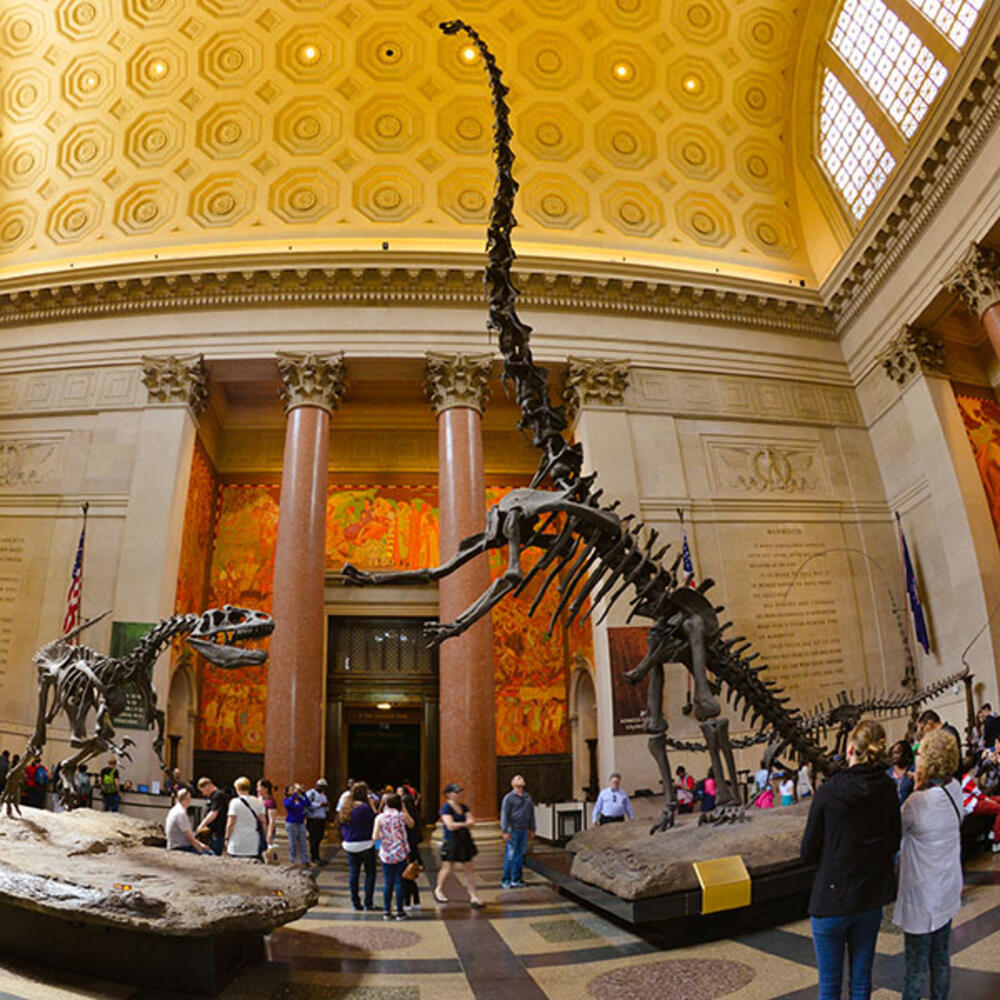David S. and Ruth L. Gottesman Hall of Planet Earth
The David S. and Ruth L. Gottesman Hall of Planet Earth, located in the Rose Center for Earth and Space, displays an outstanding collection of geological specimens from around the world to show how our planet works. The hall is organized around five major questions: How has the Earth evolved? Why are there ocean basins, continents, and mountains? How do we read rocks? What causes climate and climate change? Why is the Earth habitable?
This hall is included with any admission.
Enjoy free tickets for General Admission, special exhibitions, giant-screen movies, planetarium shows, and more!

The hall features 168 rock specimens, and 11 full-scale models of classic outcrops chosen to illustrate an important aspect of Earth’s dynamic story. Explore geologic time, peer into the planet’s depths, and understand the scientific methods used to study it. The regularly updated Earth Bulletin highlights important topics in Earth science.
Featured specimens come from nearly all corners of the globe and include pure sulfur formed in an Indonesian volcano, a fossil stromatolite from the Sahara Desert in Mauritania, and a rock from New York City’s Central Park. The hall’s oldest specimen is a zircon crystal from Australia that formed about 4.3 billion years ago, only 200 million years after Earth itself.